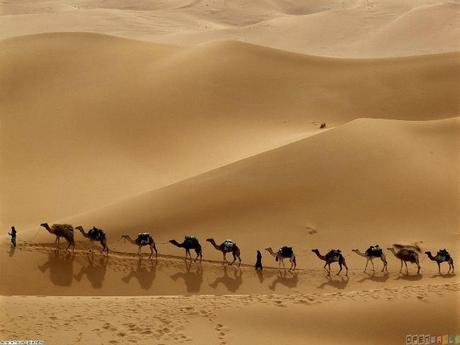
Amongst the plethora of news that permeates our daily lives from the tele, the radio, the internet, our inbox, social media….there’s a small chance you may have heard (or read) a brief snippet about the re-emergence of the historic SILK ROAD?
You may or may not have given it a fleeting thought….perhaps a brief ‘What is that?’ ‘Where is that, again?’
Let me enlighten you!
In the broadest sense, it is the oldest overland trade route linking the ancient world from the East to the West.
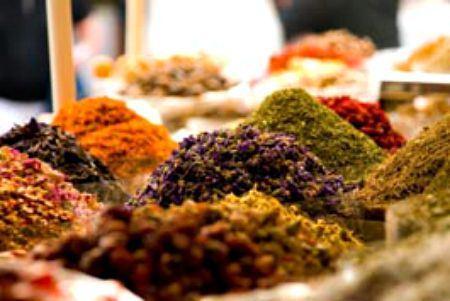
2000 years ago, everything from exquisite cottons, exotic spices to metals and ceramics, scrolls of paintings, even gunpowder and of course piles and piles of cascading silk in every vivd color conceivable was carried along on the backs of camels, ferried from one side of the world to the other.
By default, the Silk Road has come to my attention with a little more vigor of late because ‘Xi’an’ was once the eastern most point on this now renowned ancient trading route.
You may have heard me mention before that Xi’an has been a city of great significance. (And of course as every local will tell you, it still is!) 😉
The capital of 13 dynasties over 1200 years, Xi’an is by no means to be underestimated.
And now, it looks like it may return to its former glory with a pledge from Chinese President Xi Jing Ping to rebuild the Silk Road – in his ‘One Belt, One Road’ initiative.
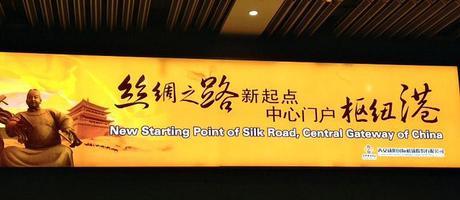
Xi’an Airport
So perhaps you’re wondering why this city, seemingly in the middle of nowhere became such a significant hub for trade in the first place?
At the risk of turning this into a history lesson and boring both of us senseless, I’ll be as short and sweet as possible with the details.
It formerly began in the Han Dynasty (around 206 BC to 220 AD) when emperors got word there was a rich and strong state in the West, (namely India). The Han Emperor ‘Wu Di’ sent his men to investigate but they were captured along the way (for ten years no less). Managing to escape a decade later, amazingly they set off continuing the mammoth journey to India.
Emperors soon realized the huge potential for trade and commerce and the travelers were sent back along the vast and arduous stretch with an abundance of items in their load, including China’s famed silk, which became quickly a hit and reached as far as Rome, where it became a valued commodity.
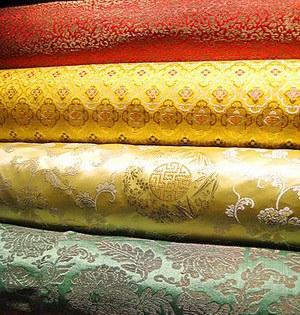
(Until this time silk in China was precious and protected. Reserved exclusively for the Chinese ruler and his wife, inside the palace they wore robes of pure white silk, outside yellow was the colour of the season.)
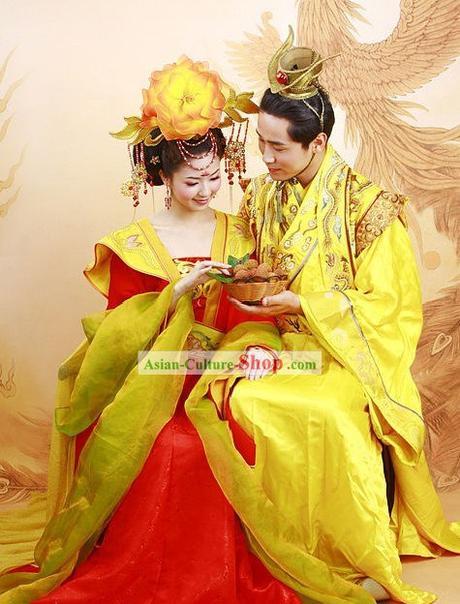
Gradually though, it became more acceptable for all classes of society to wear tunics made from the prized silk.
Then it became used for industrial goods like musical instruments and fishing lines, even paper…
At one point it was as valuable as gold and farmers even paid their taxes in silk.
Thus, the Silk Road began in Xi’an (which was then known as Chang’an) and wove through the Hexi Corridor (West of the Yellow River) to Dunhuang, where it divided into three routes, the southern, the central and Northern. All wound through unmarked and treacherous pathways along the edges of deserts and over mountain roads, through the Xinjiang Uygur Autonomous region as far as Pakistan, India and Rome.
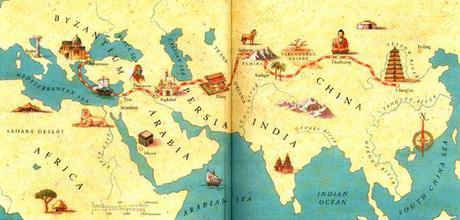
Trivial Fact: The Silk Road is actually a collective name given to three ancient trade routes…the Silk Road in the North west of China, the Southern Silk Road and the Silk Road on the Sea.
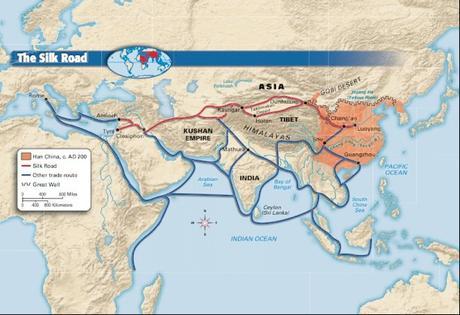
Caravans of camels stretching as far as the eye could see, one behind the other, wound their way through rugged terrains day and night carrying important cargo. According to history the two humped camels (bred specifically for the Silk Road) were the most capable of managing the diverse landscape.
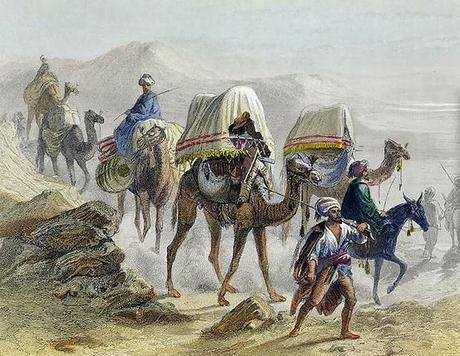
Few people traveled the 6,500 kilometre Silk Road stretch from one end to the other as great explorer Marco Polo did in 1271. His detailed descriptions of China’s culture, politics and economy encouraged and inspired other Westerners to travel to this vast land in the East.
For China, the effects of the Silk Road on industry were felt immediately and as you might imagine, the birth of the Silk Road brought all sorts of strange and wonderful ideas to China — politics, family relationships, philosophy and religion were forever exposed to new concepts.
This was the original information super-highway…carrying everything from goods to philosophy (even disease)!
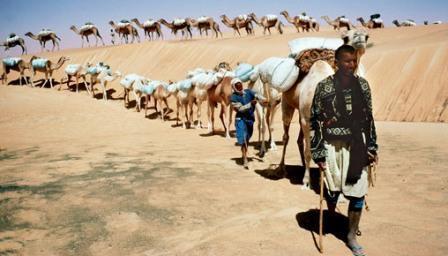
In 652, a Chinese Monk returned from India after spending 18 years studying Buddhism..with him he brought manuscripts and Buddhist texts to be transcribed into Chinese. These were housed in the temple which ironically stands tall directly across the road from the Westin Hotel…The Big Wild Goose Pagoda.
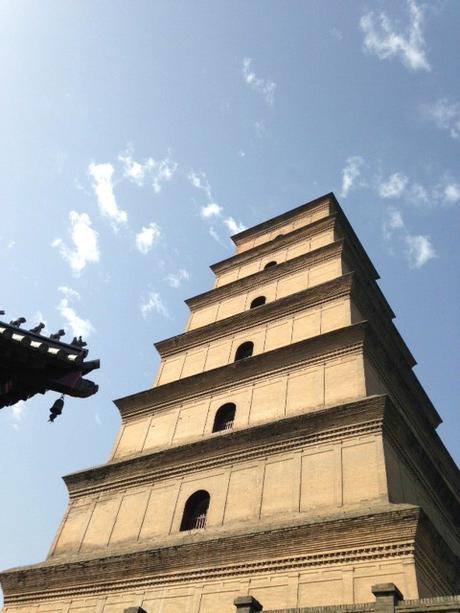
Meantime, Xi’an was a hustle and bustle of activity. Outside Xi’an’s majestic city wall, traders camped in colorful tents; clusters of camels were tied up outside the wall….while merchants offloaded and stocked up on supplies.
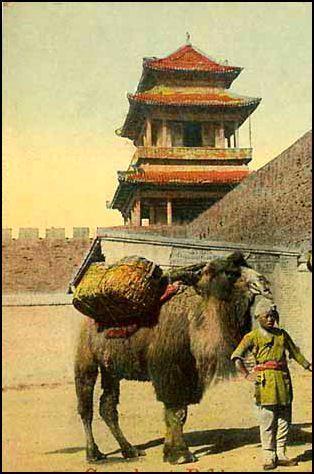
The frenzied trade from Arab merchants saw the emergence of the colorful, vibrant hub that is today one of Xi’an’s most famous tourist destinations, the Muslim Quarter.
Merchants and Silk Road traders locals called the ‘Hui’ people settled here and many married Han Chinese women. Today many of their descendants still remain here.
A tight knit community, the Muslim Quarter covers several blocks and houses 20,000 people, including ten mosques.
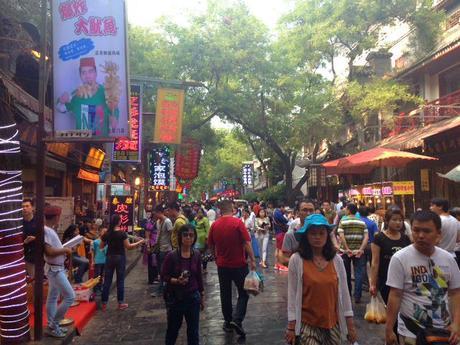
A buzzing hive of activity, a unique blend of Muslim culture and Chinese tradition is on display in the maze of narrow lane ways, branding a multitude of traditional food and souvenir stalls.
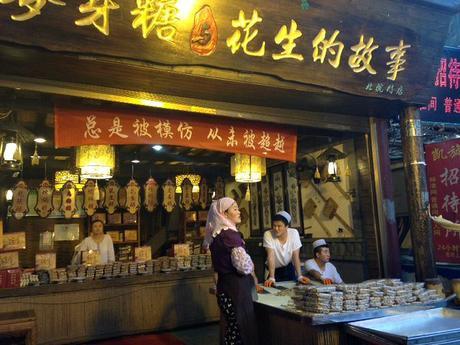
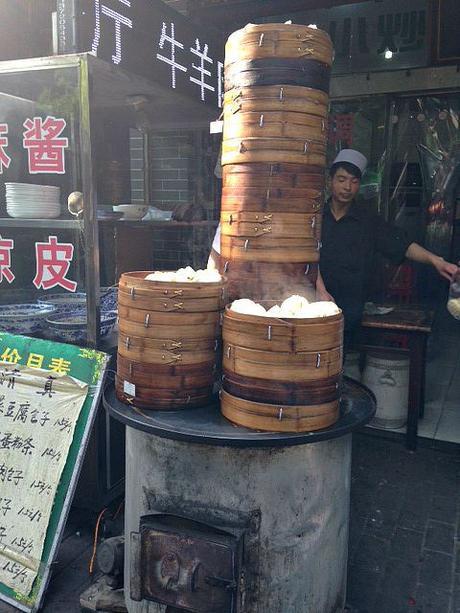
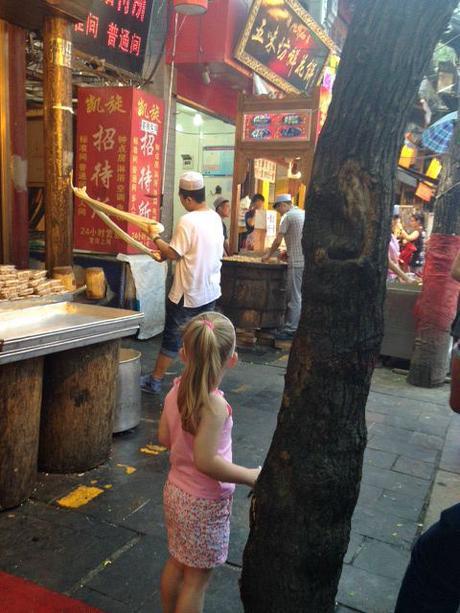
Veer off the main stretch and you’ll see fascinating sights as the locals busily go about their day. Wooden bird cages sit at the feet of retailers, rickety bikes lean up against small shops, and heavy cauldron-like pots bubble away out the front, wafting delicious smells of everything from dumplings, bread to meat skewers and toffee, even fresh pomegranate juice.
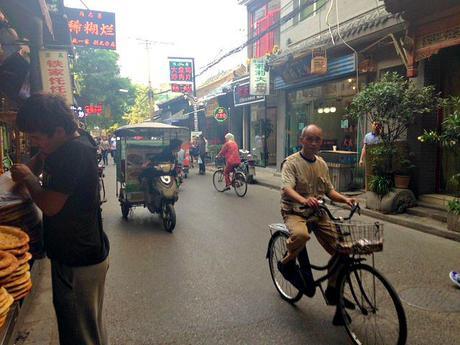
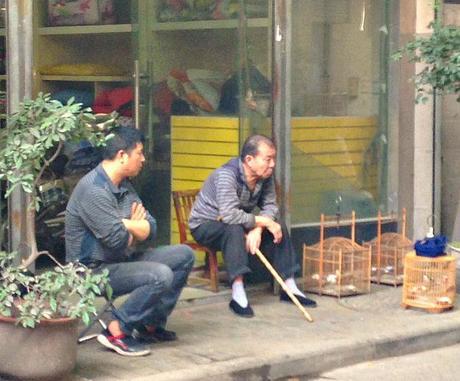
So while it’s clear the Muslim Quarter is alive and well today, what happened to the good old Silk Road?
Eventually, overland trade just became increasingly dangerous and travel by sea was naturally more popular; trade along the Silk Road declined and by the end of the 14th Century it was almost non-existent.
You can still see the ruins of the once flourishing capitals that dotted the Silk Route.
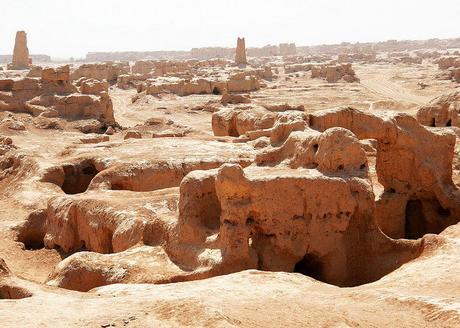
Jioahe Ruins, Silk Road Xinjiang
Five centuries later, and the current President of China has flagged the idea of a rebirth of the Silk Road, an Economic Belt if you like (which is of course being hotly pursued by the world’s global powers, eager to solidify their influence between the East and West.)
It was 2103, when President Xi Jinping first made the announcement, but ironically it barely got a mention in the global media.
Two years later it’s a different story. As the centerpiece of of the President’s foreign policy and an international economic strategy, it’s all systems go.
Goodbye camels and hello trains that will be capable of transporting goods 12,000 kilometres from China to the Mediterranean, faster than by sea.
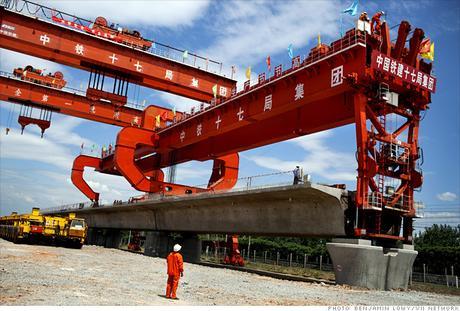
China’s challenge — to design this super highway while reducing prohibitive import and export tariffs so the East and West can do business.
It has the potential to channel 150-million tourists to those countries along the new Silk Road.
China also plans to attract 85 million tourists to home soil.
The estimated cost: $21-trillion.
Currently there are 200 projects underway including $80 billion dollars to upgrade connectivity with at least 15 new regional air hubs in places like Xi’an, Xiamen and Kunming.
21 years ago, 19 countries gathered in Uzbekistan to discuss the rebirth of this legendary route…today the reality is closer than ever.
So the next time you hear or see a snippet on the news about the Silk Road….you’ll understand the significance in reinventing this historic trade route, particularly for Xi’an.
Currently the biggest city in the country’s north west, in the next couple of decades it will supposedly double its urban population to become a mega-city!
Stay tuned.
This is China!
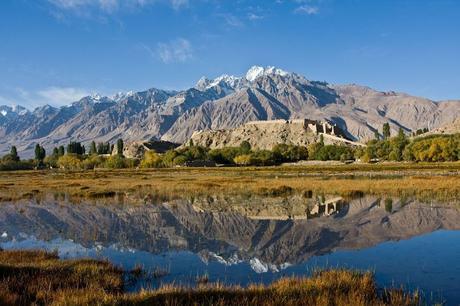
Stone City, Silk Road, Taxkorgan


posted on 07 August at 10:49
It really makes you want to head East! http://bit.ly/1DuTzfs